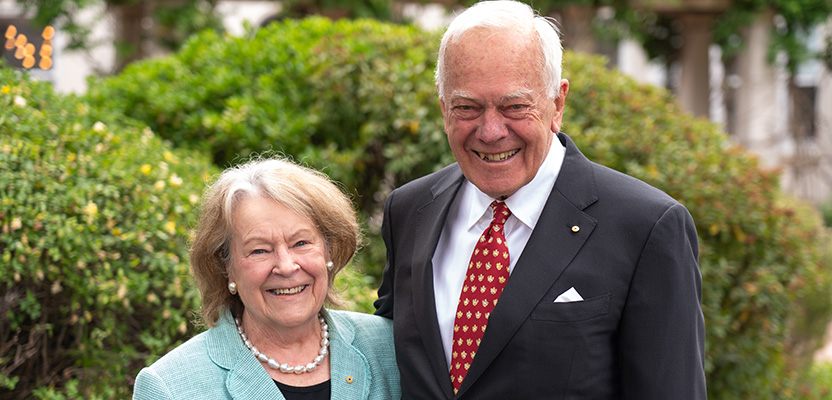OVER HALF OF AUSTRALIANS CONFUSED BY PRIVATE HEALTH & TAX
6 million policy holders at risk of hundreds of dollars in ‘lazy tax’ this EOFY
The end of financial year is a crucial time for private health insurance but over half of Australians (56%) are confused about how private health relates to tax, new research released today by health insurance experts has revealed. [1]
June 30 is an important deadline for private health insurance with higher income earners looking to avoid paying extra tax next financial year due to the Medicare Levy Surcharge (MLS) and younger Australians under the age of 31 seeking to avoid being stung with higher premiums later in life due to Lifetime Health Cover (LHC) loading.
The YouGov Galaxy Research study commissioned by iSelect revealed that almost two-thirds (64%) of Australians don’t understand the Medicare Levy Surcharge (MLS), with 39%) confusing the MLS with the Medicare Levy paid by all taxpayers.
Only a third (36%) of Australians correctly understand that the MLS is an additional tax paid by higher income earners who don’t have private hospital cover.
Laura Crowden, spokesperson for iSelect, said it was important Australians understand how the MLS works to ensure they don’t get caught out at tax time.
“If you earn more than $90,000 a year and don’t have private hospital cover by June 30, then you will have to pay a minimum $900 in extra tax next financial year due to the MLS,” Laura explained.
“Exactly how much extra tax you’ll pay depends on how much you earn and for most higher income earners, taking out a basic hospital policy will generally cost less than paying the extra tax via the MLS.”
The research study revealed high levels of confusion around private health insurance and tax including:
· A quarter (25%) of respondents earning under $90,000 and third (33%) of those with hospital cover mistakenly believe they are paying the MLS. In reality, neither would pay the MLS
· Two-thirds (64%) of Australians don’t realise that having an extras-only policy won’t exempt you from either the MLS or LHC
· Only 16% of Australians correctly understand that LHC is not a tax. A quarter (25%) think LHC is a tax, while the majority (59%) admitted they simply didn’t know
Around 900,000 Australians currently pay higher premiums due to a Lifetime Health Cover (LHC) loading on their policy as a result of taking out hospital cover after the age of 31.[2] A third of policy holders surveyed didn’t know whether or not they are paying a LHC loading.
“Unlike the MLS, LHC is not a tax. However because the deadline to avoid LHC is June 30 following your 31st birthday, LHC also gets talked during EOFY so its understandable many Australians are confused,” Laura said.
The YouGov Galaxy research also suggested that over half of policy holders (57%) or 6 million Australians could be paying a ‘lazy tax’ on their private health insurance premiums.
Laura said only 43 percent of policy holders surveyed were confident they were currently getting a good deal on their health insurance. 40 per cent suspect they ‘could probably find a better deal’, with further 17 per cent not sure whether or not they are paying more than they need to.
“The lazy tax is one tax we can all avoid this end of financial year simply by taking the time to compare your options and make sure you aren’t paying more than you need to.”
Laura said many people were put off shopping around because they didn’t think it would be worth the hassle but that recent iSelect customer data proved otherwise.
“We asked customers who had recently switched health insurance via iSelect whether or not they had saved and 70 per cent said that they had, with over half of those saving more than $300 a year and a third saving more than $500!”[3]
Laura said the end of financial year is great time to think about private health insurance as many funds are offering generous incentives to attract new customers, such as months free or waiving waiting periods.
“If you already have cover, EOFY should be a reminder to review your cover and make sure you are still getting good value for money. For those without cover, now is the time to think about whether or not you should take it out, particularly if you are a higher income earner or about to turn 31,” Laura said.
Laura said even those who had missed the LHC deadline should still consider taking out hospital cover now to stop LHC in its tracks.
“Because LHC compounds, the longer you wait to take out cover the more unaffordable it can become. For example if you take out cover at 35, you’ll only pay an extra 10 per cent but wait until 50, a 40 percent loading may mean private health is out of reach just when you may need it most.”
Laura said customers confused about MLS, LHC or private health insurance in general should speak to iSelect before June 30.
“Our private health insurance experts can help you understand how private health relates to tax and explain whether or not you’ll be impacted by either MLS or LHC. They can help you compare your options and select a suitable policy from our range of available policies.[4]“
iSelect’s top tips for getting better value on your private health insurance |
1. Opt for a higher excess & save – increasing your excess from $1000 to $1500 will save a family up to $350 a year on their premiums[5] |
2. Look for discounts & freebies – many funds offer discounts for paying via direct debit while others offer free dental check-ups or waive excesses for kids going into hospital |
3. Don’t set & forget – not regularly reviewing your policy means you could be paying for things you don’t use or not be covered for what you actually need. |
4. Waiting periods are protected – any hospital benefit waiting periods you have already served are protected by law as long as you switch to an equal or lower level of cover |
5. Review your extras – if you don’t use them, why pay for them? Consider a flexible extra product that gives you a single annual limit which allows you to get more back on the services you use the most. |








